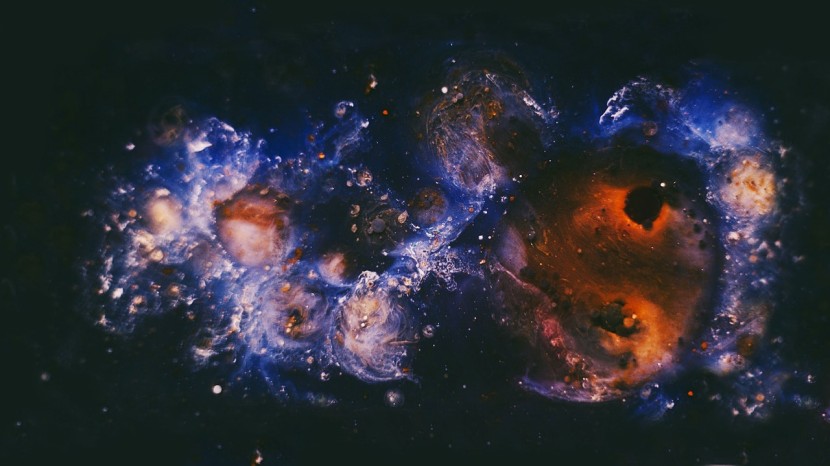
Scientists at Stanford University have conceptualized a futuristic gravity telescope technique that could allow humans to photograph exoplanets 1,000 times clearer than the technology available today.
In the time since the discovery of the first exoplanet in 1992, astronomers have detected more than 5,000 others orbiting various stars in the universe. But with each discovery of an exoplanet, researchers learn very little about the cosmic bodies, only finding out a few features about them.
Gravity Telescope Imaging Technique
The recent conceptualization aims to sidestep the physical limitations of telescopes and allow for more precise image-capturing techniques. The idea takes advantage of gravity's warping effect on space-time, which is called lensing, that scientists could manipulate to create advanced imagery.
In a paper that was published in The Astrophysical Journal on May 2, researchers described a way to manipulate solar gravitational lensing to view exoplanets found outside of our solar system. They would position a telescope, the sun, and an exoplanet in a line with our star in the middle. Scientists would then take advantage of the sun's gravitational field to magnify light from the exoplanet as it passes by, as per Phys.
The proposed technique would be more useful than a magnifying glass that has a curved surface to bend light. A physics professor at the School of Humanities and Sciences at Stanford, Bruce Macintosh, who is also the deputy director of the Kavli Institute for Particle Astrophysics and Cosmology (KIPAC), said the team wanted to take pictures of exoplanets that came out as good as images taken of planets in our solar system.
Macintosh said that the use of the proposed technique could enable humans to take a picture of a planet 100 light-years away that has the same impact as Apollo 8's picture of Earth. However, the issue with the idea is that it would require more advanced space travel than is currently available to humanity.
According to SciTechDaily, the promise of such a concept and what it could reveal about other planets is so crucial that it makes it worth it to consider and develop the needed technology. The process of gravitational lensing was not experimentally observed until 1919. At the time, scientists were able to see the phenomenon during a solar eclipse.
Futuristic Endeavor
The moon obstructed the light that was coming from our sun and scientists were able to see stars near our own offset from their known positions. This was found to be unequivocal proof that gravity could bend light and became the first observational evidence that Einstein's theory of relativity was correct.
In 1979, Stanford professor Von Eshleman published a detailed account of how astronomers and spacecraft could take advantage of the solar gravitational lens. This technique is used in the modern-day by Stanford's KIPAC to study the early evolution of the universe.
However, it was not until 2020 that the imaging technique was truly explored in detail to try and observe planets in the universe. California Institute of Technology's Jet Propulsion Laboratory's Slava Turyshev described a technique where a space-based telescope could use rockets to scan around the rays of light coming from a planet to reconstruct a clear picture, Stanford reported.
Related Article:
NASA's Ingenuity Captures Stunning Otherworldly Photo of Perseverance's Landing Capsule on Mars
© 2025 HNGN, All rights reserved. Do not reproduce without permission.








